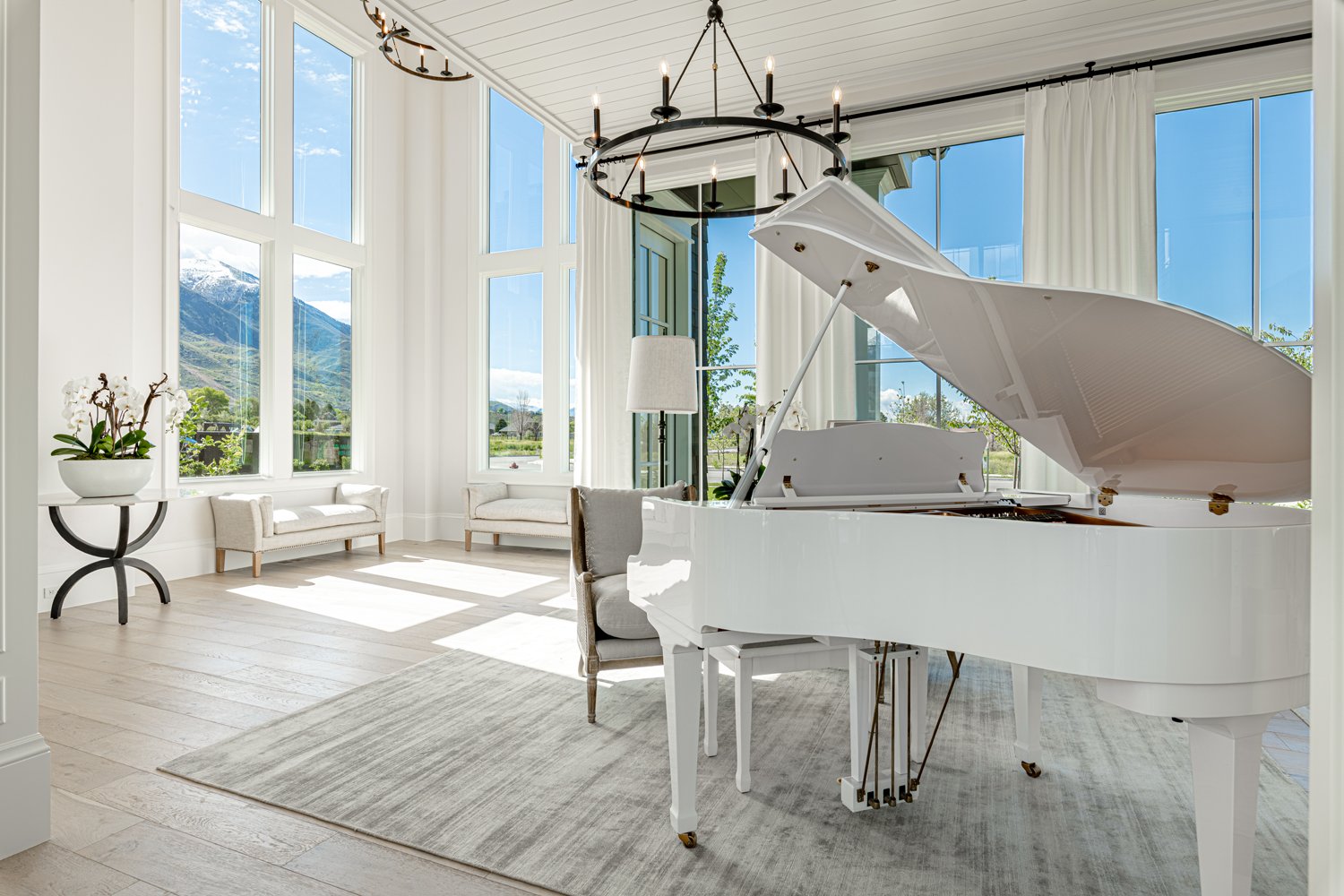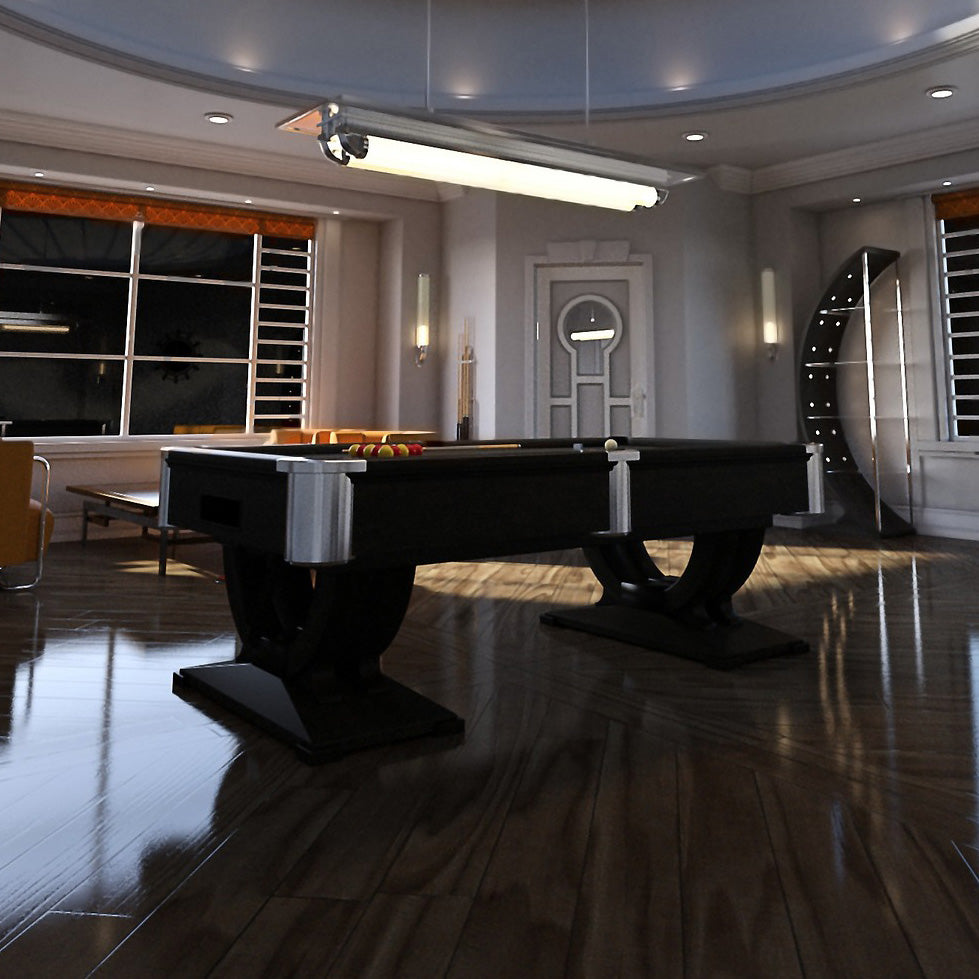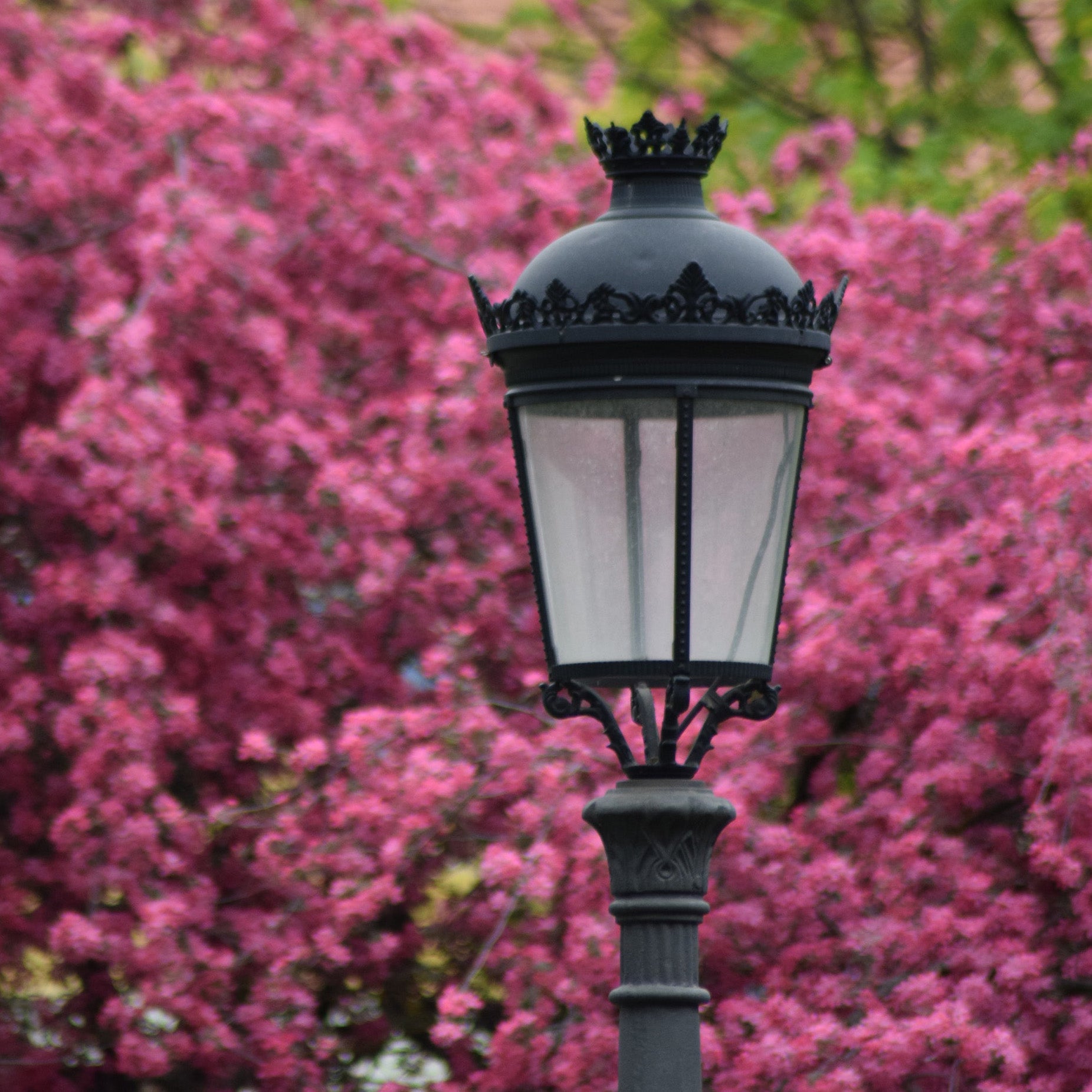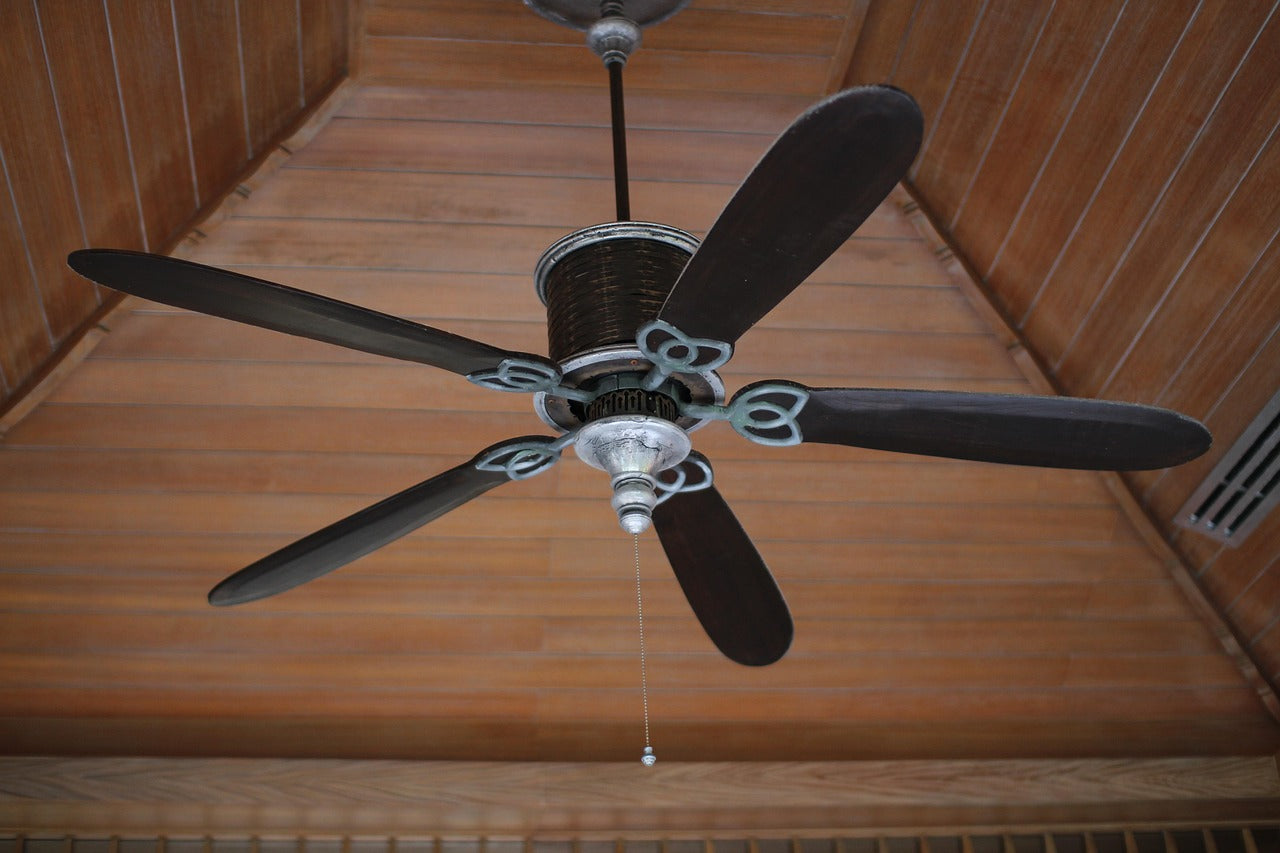Prairie Style Architecture
Prairie style architecture is a unique architectural style that was developed in the early 1900s by Frank Lloyd Wright. It is characterized by low-pitched roofs, open floor plans, long horizontal lines, and an integration with the natural environment. The style was popularized in the Midwest, particularly in Chicago, and quickly spread across the United States. In this article, we will explore the history and style of prairie style architecture and buildings.

History of Prairie Style Architecture:
The prairie style architecture was developed by Frank Lloyd Wright, an American architect, interior designer, writer, and educator. Wright was born in Wisconsin in 1867 and grew up in a family of farmers. He developed a love for nature from a young age, and this is reflected in his architectural work. Wright studied civil engineering at the University of Wisconsin, where he learned the principles of architecture.
After completing his studies, Wright moved to Chicago, where he worked for several architects before starting his own practice in 1893. He quickly gained a reputation for his unique architectural style, which was characterized by harmony with nature, simplicity, and clean lines. Wright believed that buildings should be designed in harmony with the natural environment and the needs of the occupants. The prairie style architecture was developed by Wright during the early 1900s.
The style emerged from a reaction to the ornate Victorian architecture that was popular at the time. Wright believed that architecture should be simple, functional, and reflective of the local environment. He also believed that buildings should be designed to meet the needs of the people who lived in them. The prairie style architecture was inspired by the flat, open landscape of the Midwest and the indigenous architecture of the region. Wright's first prairie style building was the Winslow House, which he designed in 1893. This building was characterized by a low-pitched roof, long horizontal lines, and an open floor plan. Wright continued to develop the prairie style architecture throughout the early 1900s. He designed several buildings in this style, including the Robie House, the Martin House, and the Larkin Building.

Style of Prairie Style Architecture:
The prairie style architecture is characterized by several key features. The most distinctive feature of this style is the low-pitched roof. The roof is typically flat and extends out over the building's eaves. The roof is often supported by exposed beams and rafters, which create a feeling of openness and spaciousness. The low-pitched roof also allows for the integration of skylights and clerestory windows, which provide natural light and ventilation to the building.
Another key feature of the prairie style architecture is the use of long horizontal lines. The buildings are designed with a low, horizontal profile, which creates a sense of connection with the surrounding landscape. The long lines of the building are often emphasized by the use of bands of windows, which bring natural light into the building and provide views of the surrounding environment.
The prairie style architecture also emphasizes simplicity and function. The buildings are designed to be functional and meet the needs of the people who live in them. The buildings are often designed with an open floor plan, which allows for flexibility and the use of space. The open floor plan also allows for the integration of indoor and outdoor spaces, which creates a feeling of connection with the natural environment.

Materials used in Prairie Style Architecture:
Prairie style architecture makes use of natural materials such as wood, stone, and brick. The buildings often feature exposed wood beams and rafters, which create a sense of warmth and natural beauty. The use of brick and stone also adds to the durability and longevity of the buildings. The buildings are often designed with an emphasis on craftsmanship and attention to detail. The buildings feature intricate details such as carved woodwork, stained glass, and decorative tiles. These details add to the beauty and uniqueness of the buildings and reflect the importance of craftsmanship in the prairie style architecture.

Prairie Style Buildings:
The prairie style architecture is most commonly associated with residential buildings. However, the style was also used for commercial and institutional buildings. Some of the most famous prairie style buildings include:
- Robie House: The Robie House is a residential building designed by Frank Lloyd Wright and built in 1908-1910. The building is located in Chicago and is considered one of Wright's masterpieces. The building features a low-pitched roof, long horizontal lines, and an open floor plan. The building also features an integrated garage and a raised terrace, which provides views of the surrounding environment.
- Martin House: The Martin House is a residential complex designed by Frank Lloyd Wright and built in 1903-1905. The complex is located in Buffalo, New York and consists of several buildings, including a main house, a conservatory, and a carriage house. The buildings are characterized by a low-pitched roof, long horizontal lines, and an open floor plan. The complex also features intricate details such as carved woodwork and stained glass.
- Larkin Building: The Larkin Building is a commercial building designed by Frank Lloyd Wright and built in 1904. The building is located in Buffalo, New York and was commissioned by the Larkin Soap Company. The building features a low-pitched roof, long horizontal lines, and an open floor plan. The building also features an internal light court, which provides natural light and ventilation to the building.

The prairie style architecture is a unique architectural style that was developed by Frank Lloyd Wright during the early 1900s. The style is characterized by low-pitched roofs, long horizontal lines, an open floor plan, and an integration with the natural environment. The prairie style architecture was inspired by the indigenous architecture of the Midwest and the flat, open landscape of the region. The prairie style architecture is notable for its simplicity, functionality, and attention to detail. The style was used for residential, commercial, and institutional buildings and remains popular today.























Leave a comment